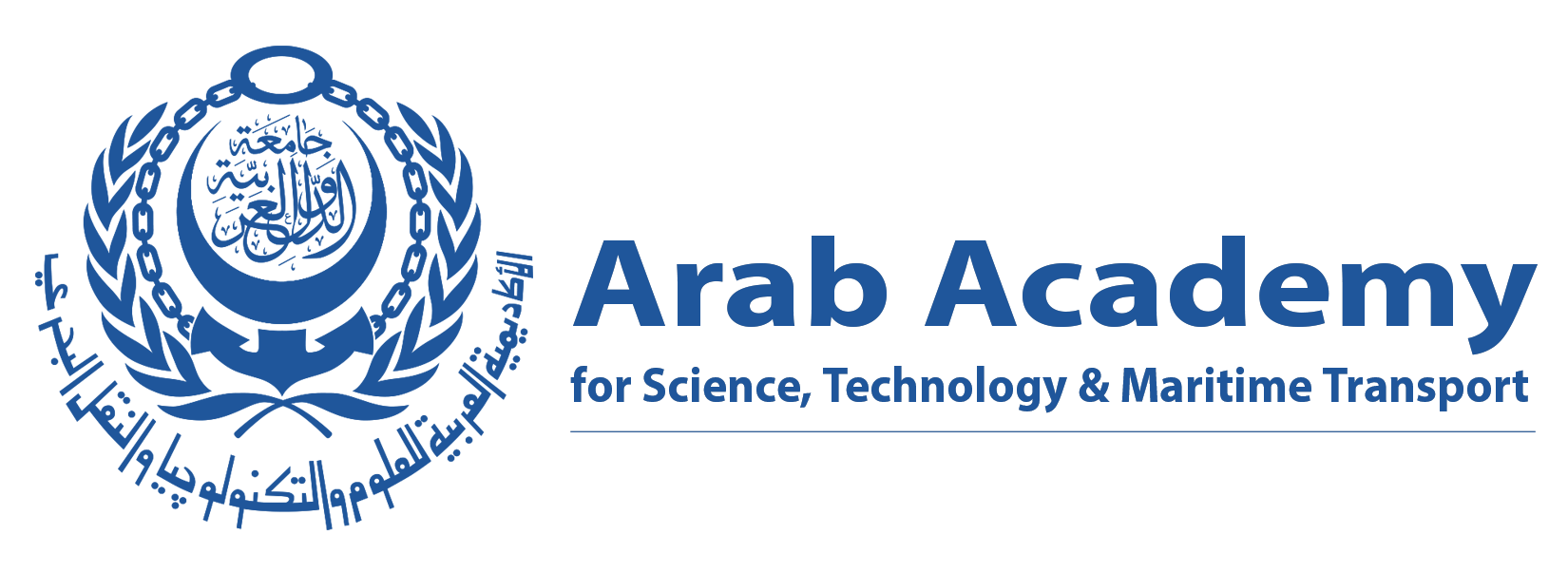
The Arab Academy for Science, Technology, and Maritime Transport (AASTMT) employs a multi-layered evaluation framework to measure the success of interdisciplinary research (ISR) across applicable disciplines. The university integrates both quantitative metrics and qualitative assessments into its institutional monitoring systems, aligning with its strategic goals under the 2021–2026 Vision.
By embedding ISR into evaluation systems, aligning with global development goals, and leveraging bibliometric tools, the institution ensures continuous improvement and transparency in its interdisciplinary performance.
Key areas of measurement include:
- Bibliometric Analysis: Using Scopus and Web of Science platforms, AASTMT analyzes:
- Subject overlap in publications
- Cross-departmental co-authorship patterns
- Citation impact in multiple disciplines
- Strategic Alignment: Success in ISR is benchmarked against contribution to the UN Sustainable Development Goals (SDGs), especially in clean energy, climate action, maritime innovation, and education.
- Interdisciplinary Project Outcomes: Internal KPIs are assigned to measure success of multi-faculty grants, industry collaborations, and applied research centers.
- Annual Research Reporting: Each academic department and research center submits a performance report including interdisciplinary research activities and outcomes.
As of 2024, interdisciplinary publications represented approximately 21.5% of AASTMT’s total Scopus-indexed research output and contributed to an estimated 24.5% of total citations, highlighting both their volume and their scientific impact. Refer to table 1.1
Table 1.1 – Interdisciplinary vs. Total Research Output (2023)
|
Total publications (Scopus) |
1,073 |
100% |
|
Interdisciplinary publications |
231 |
21.5% |
|
Interdisciplinary citations (est.) |
1,426 |
Est. 24.5% |
Source: Scopus Interdisciplinary Analysis
Scopus Analysis Summary
- Top interdisciplinary areas include:
- Environmental Science + Engineering
- Computer Science + Maritime Technology
- Medicine + AI/Biomechanics
- Many publications are categorized in multiple subject areas, indicating successful integration of fields.
Example:
An article titled “Optimizing Oil Spill Response through Predictive Marine Modelling” is indexed under:
- Environmental Science
- Oceanography
- Mechanical Engineering
- Decision Sciences
Institutional Practices That Promote Success Measurement
Structured Monitoring Tools:
- IRPC (International Research Projects Center) tracks participation in interdisciplinary and international projects.
- AASTMT Research Performance Dashboards include cross-faculty grant metrics and Scopus publication analytics.
Annual Reviews:
Each center and college submit an internal report detailing:
- Interdisciplinary projects and funding secured
- Publications across subject categories
- Interdepartmental teaching and thesis supervision
Appendix A – Sample Interdisciplinary Publications
|
Title |
Disciplines |
Indexed In |
|
“Data-driven coastal ecosystem prediction” |
Computer Science + Marine Biology |
Scopus, WoS |
|
“Energy management in marine port operations” |
Engineering + Policy + Environmental Sci |
Scopus |
|
“AI-powered aquaculture optimization” |
AI + Agricultural Engineering |
Scopus, Elsevier |
|
“Risk modeling in maritime disasters using hybrid systems” |
Civil Eng. + Maritime Tech + ICT |
Springer, Scopus |
Appendix B – Internal KPIs for ISR Monitoring
|
Performance Area |
KPI Type |
Responsible Unit |
|
Interdisciplinary Publication Share |
% of total Scopus-indexed work |
University Research Directorate |
|
Inter-faculty Collaboration |
Number of joint research teams |
College Deans + R&D Directorate |
|
ISR Grant Success Rate |
Funding from cross-cutting calls |
IRPC + Financial Management Unit |
|
SDG Targeted Research Outputs |
Projects aligned with SDGs |
Quality Assurance + Research Units |



